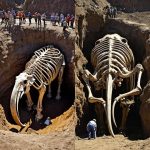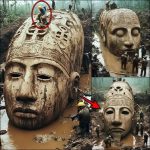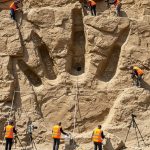Unveiling the Secrets of the Varna Necropolis
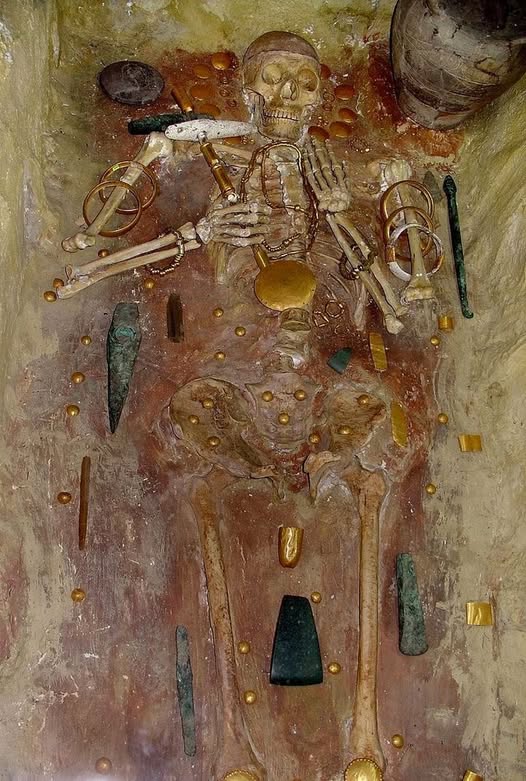
Deep in Varna, Bulgaria, lies the Varna Necropolis—a prehistoric burial site that has stunned the world of archaeology. Dating back to 4,600–4,200 BC, this remarkable site reveals a society far more advanced than previously imagined. The discovery of the oldest gold treasure ever unearthed transforms our understanding of early European civilizations and their complexities.

Among the most striking finds is Grave 43, which shocked researchers with its opulence. Here, a high-status male, likely a ruler, rested in eternal slumber surrounded by an astonishing array of gold artifacts—more wealth than has been found in the rest of the world combined from that era. This elite burial not only highlights the individual’s status but also provides unprecedented insight into the social hierarchy, wealth distribution, and ritual practices of ancient communities in Europe.
The artifacts unearthed from the necropolis—ornate gold jewelry, ceremonial items, and tools—whisper tales of power and prestige, painting a vivid picture of a society that thrived thousands of years ago. The craftsmanship of these objects showcases advanced metallurgical techniques, suggesting a level of sophistication that challenges traditional narratives about prehistoric cultures. This elite burial grounds imply that social stratification existed long before the advent of written history, indicating a complex interplay of power, trade, and cultural exchange.
The Varna Necropolis prompts us to rethink the dynamics of ancient European societies. The wealth displayed in Grave 43 suggests that trade networks may have extended far beyond local boundaries, connecting communities across vast distances. This challenges the longstanding view that prehistoric Europe was primarily composed of isolated tribes with limited resources. Instead, the evidence points to a flourishing civilization with intricate social structures and an appreciation for the arts and craftsmanship.
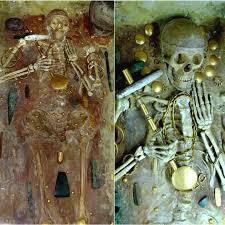
As researchers continue to analyze the findings from this remarkable site, new questions arise. How did these early elites amass such wealth, and what role did they play in their communities? What rituals accompanied their burials, and how did these practices reflect their beliefs about life and death? Each artifact serves as a key to unlocking the secrets of a forgotten civilization, forging connections with our own histories and identities.
In conclusion, the Varna Necropolis stands as a testament to the ingenuity and complexity of ancient societies. Its treasures not only redefine our understanding of Europe’s earliest elites but also challenge us to reconsider the narratives we hold about human development. As we delve deeper into the mysteries of this golden necropolis, we are reminded that the past is rich with stories waiting to be told, inviting us to explore the depths of human history and the civilizations that shaped our world.
